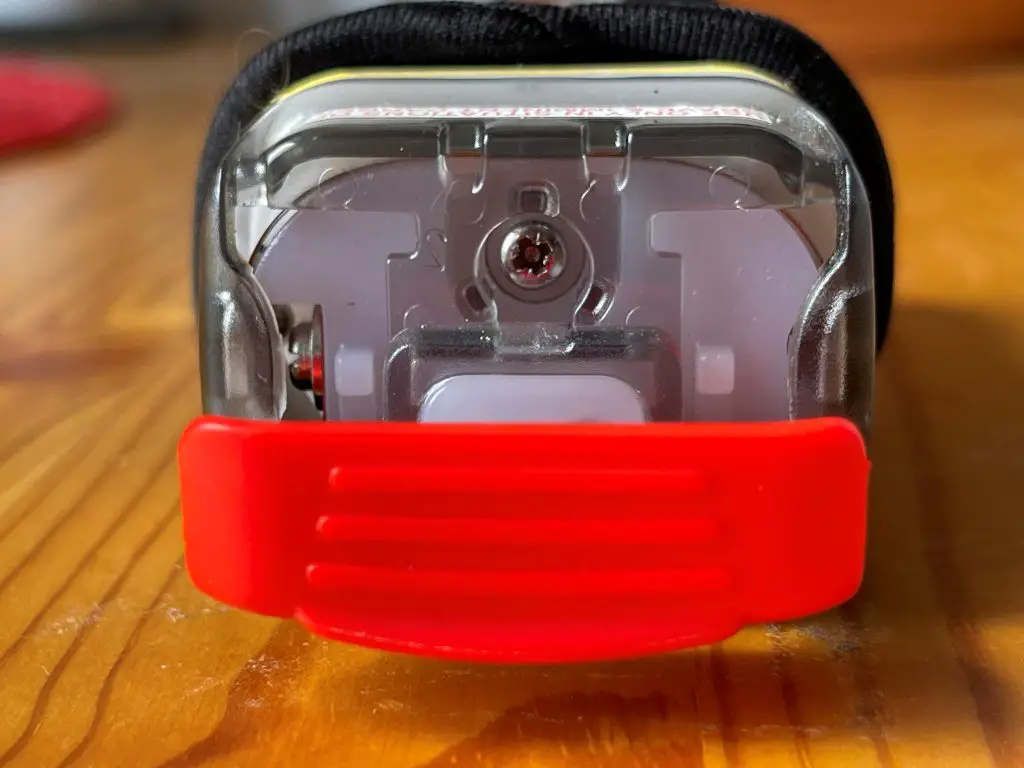McMurdo FastFind 220 Review
What Is The McMurdo FastFind 220?
The McMurdo FastFind 220 is an Emergency PLB designed to work anywhere in the world, providing rescue services with a highly accurate GPS report of your location. The beacon location detection feature works across numerous satellite networks including GPS, Galileo, and Glossnas. The FastFind PLBs are suitable for both inland and maritime use in the event emergency assistance is required by the person, or team, activating the device.
Is the FastFind a satellite communicator?
Yes, but as you’ll have noticed in the above paragraph, it’s a one-way messenger. If you’re looking for a two-ways satcomm device check out our pick of the best satellite communicators of 2023.
How does the FastFind Compare to InReach?
Products such as the Garmin InReach Explorer+ are multi-purpose tools: they incorporate GPS, two-way communications over the Iridium network of low orbit satellites, and geolocation for rescue services.
A PLB simply sends a distress signal on a frequency monitored by SAR COSPAS. Your position is then forwarded to an organisation such as NOAA (National Oceanic and Atmospheric Administration) and a rescue team is then dispatched.
Features
ePLBs have a number of unique features that allow them to stand out from two-way satellite communicators:
Battery life
This is where EPLBs come into their own. Products such as the FastFind are fitted with a Lithium Manganese battery that’s hardwired into the body, and doesn’t require recharging. On average, the battery will last several years (the manufacturer figure is 6 years), if treated well. On the back of the 220, you’ll find a small label indicating the last time the cell was replaced.
McMurdo recommends replacing the battery every 5 years. At an average cost of $80/£66, it’s far less expensive than recharging a unit like the InReach, both in terms of gear you need to carry and the financials (priced at around $35/£20, but with a much shorter lifespan).
Also, when you do have a battery change, I recommend getting the FastFind fully serviced.
Weight
The FastFind 220 PLB weighs a tiny 152g, which is comparable to the devices such as the Garmin InReach. It’s so light you barely even notice the additional weight once it’s packed away in an easily accessible place.
On the whole, most emergency satellite communications devices don’t weigh much which makes them my preferred option when traveling in environments where there is an element of high risk.
Cost
On average, this model of FastFind PLB costs £249/$205. It’s not cheap, but the figures pale into insignificance when you consider the peace of mind you get from having access to global emergency rescue services.
How to activate the FastFind 220 PLB
Activating the 220 is incredibly simple, as it should be. The very last thing you want to be doing in an emergency is digging through an instruction manual to work out how to turn on your ePLB.
One note: before setting off on your trek, or hike, first remove the retaining screw that keeps the cover in place. You can still remove the cap if the screw is in place, but it’s difficult especially if you’re wearing mittens, or thick gloves. Ripping off a secured cap may result in damage to the unit.




Thoughts on the McMurdo PLB
Rather than attempt a full review of the device, which is pretty hard considering it has only one function, I’ve decided to get my thoughts down on digital paper.
During my first major trek – to the North Pole – my one and only source of comms with the outside world was an Iridium GO!/9575 combination. Put together, these two devices provided an adequate source of two-way communications and SOS features (both can beacon mayday calls over a range of satellite networks which means your message has a very high chance to being picked up.
But… the key difference is this: the Iridium devices have limited battery life. And if you don’t carry a spares or a way of recharging them, you could find yourself in a very hot, or cold, spot. I’m not saying you shouldn’t carry two-way satellite communications on your trips, but you do need to consider the limitations, in particular the charge life of the cell in cold weather.
Also, bear in mind the satphones can be fiddly to use, especially if you’re wearing mittens, or thick gloves. The simple activation process for the McMurdo removes this issue.
In terms of emergency beacon activation, pretty much all devices are simple to use. So no issues there.
One recommendation I will make is to buy a flotation pouch. They are inexpensive and, should you find yourself bobbing around in the water (you may have hiked across a frozen lake and gone through the ice) the pouch will keep the device buoyant.
Note: the FastFind does not transmit well underwater!
Working on a frequency of 406MHz, it has better penetration overhead canopies than many GPS satellite communicators.
Another point to note: the FastFind will transmit for a maximum of 24 hours before the battery drains. Transmission of the emergency signal starts within 5 minutes of activation and will be detected within 45 minutes.
The FastFind 220 in summary
Reasons to buy the McMurdo FastFind 220
- you need emergency rescue from any location on the planet (except underwater)
- long battery life if a high priority
- ease of use is important to you
Reasons not to buy the McMurdo FastFind 220
- you need two satellite communications
- yellow isn’t your colour!
- you need to transmit a signal for more than 24 hours




